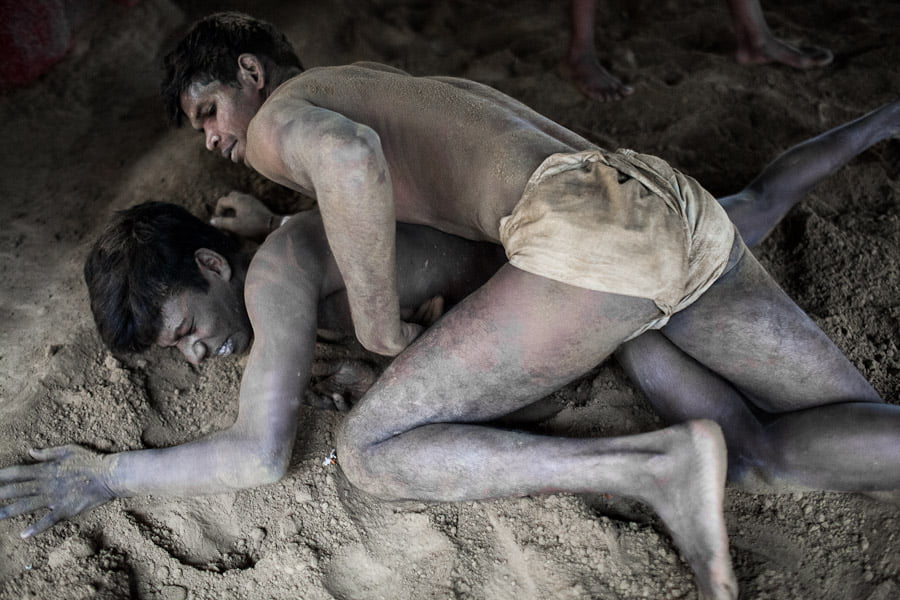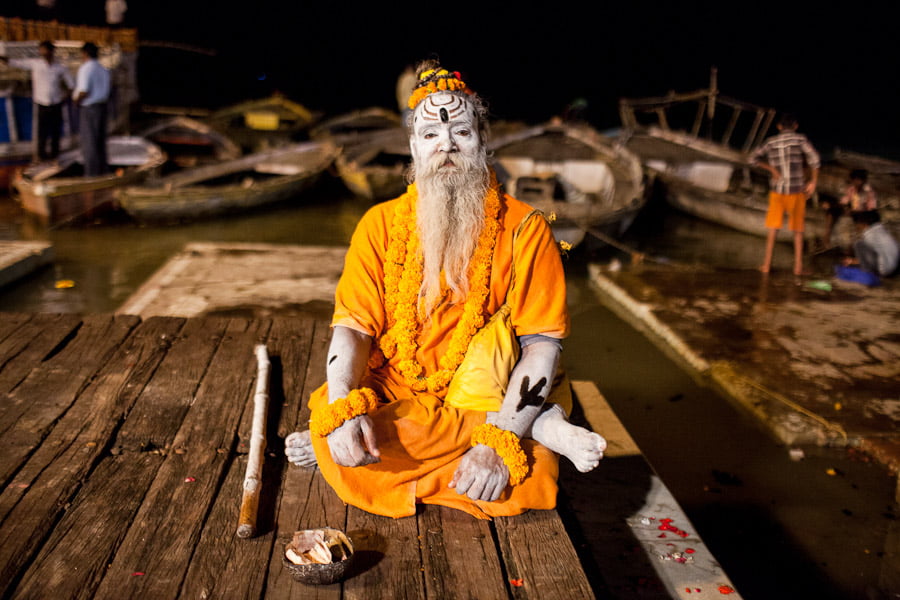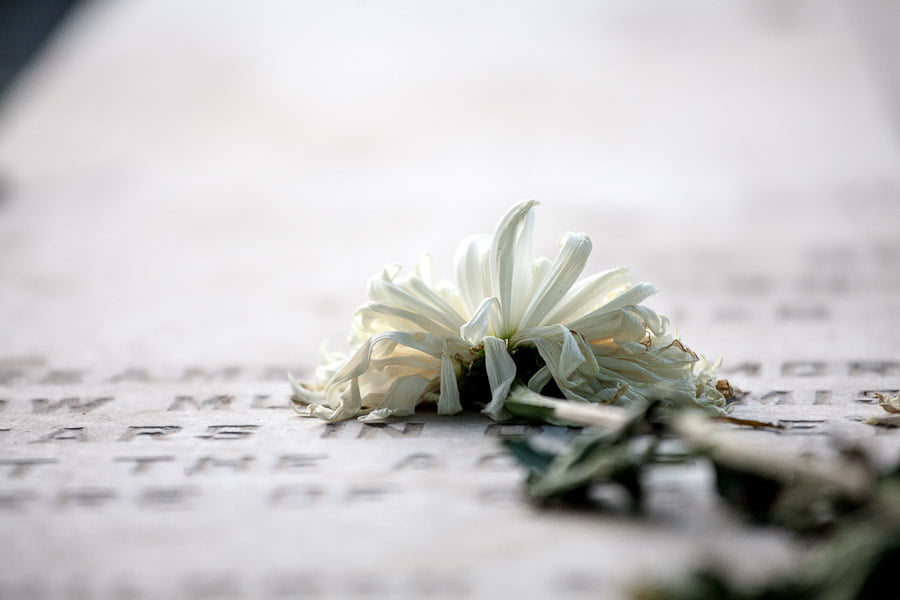My journey into the Hindu world when attending the Kumbh Mela in February this year started in this same Christian cemetery in New Delhi. Having spent much time in cemeteries in Europe, even travelling through Spanish cemeteries from Comillas in the north of Spain to Tarifa in the far south over All Souls weekend, I am very comfortable in Christian graveyards. It was therefore comforting to walk amidst the familiar iconography of the tombs and crosses here as I end this part of my travels to document Hindu religious activity along the Ganges river. Its pantheon of gods and goddesses, and belief in re-incarnation, could not be further away from the monotheistic christian faith. Here the blending between a western faith and eastern culture was fascinating.
The cemetery is located at Nehru Bazar, Pahar Ganj, new Delhi, just a hundred meters or so from the capital’s major train station. The hoots of the train’s electric horns can be heard in the quiet of the cemetery.
There is a tradition within Catholic cemeteries to use colour and flowers, and artificial plastic kitsch ornaments and decorates otherwise sombre rows of tombs and sepulchres. The fading quality of these offerings have their own beauty and the Mediterranean sun does its best to bring out the most beautiful colour in even the oldest and bleached of flowers. In this cemetery there is not a hint of plastic; all the flowers are authentic and obviously regularly replaced on some graves with sometimes candles and incense sticks being lit.
I walked this afternoon through the rows of mostly small mud tombs where incongruously anglicized Indian names were often hand written/painted on simple wooden crosses. On the larger concrete tombs there were sometimes photographs and occasionally shelters made out metal to provide shade. Trees provided shade throughout and little squirrel like animals ran up and down their trunks, jumping onto the graves feasting on the flowers freshly laid. Large crow birds loomed menacingly picking with large sharp beaks at residue in the scrubby grass and leaves. Hosts of insects and bees also fed on the fresh flowers.
A burial ceremony where singing and some bible readings in English culminated in a row of mourners carrying a simple coffin along narrow paths until the freshly dug grave was reached. Other people were working on old graves, applying fresh soil to repair mud mounds which had cracked or subsided, some repainting the metal canopies over more substantial tombs, some cleaning the soil around and in between graves, before changing the flowers and replacing burnt out candles. All were Indian and only a few spoke English other than a polite ‘hallo’.
I struck up a conversation with somebody who did speak English well; an attractive obviously educated middle aged woman painting the rusting metal shade over a tomb. Her hands and forearms were coloured silver from the paint as if it was new skin. Her teenage daughter was with her watching her mother paint. She told me she was painting the canopy over her husbands grave in readiness for the celebration of All Saint’s Day, when many families would return to the cemetery to pay honour to their deceased relatives. She told me she had travelled once to England on a business trip as a sales manager and had also travelled to America making sales. That was for her husband’s business. Since his death 2 years ago she had not worked; the responsibility of her 2 children meant she no longer worked or travelled.
There was no hint of regret as she told me this; only a stark matter of factness which precluded any other direction other than her dharma, or path. I asked if she had remarried, somehow already knowing the answer. She continued she would not remarry; it was not what Indian women did. I suggested that conventions were changing and that widows were now more commonly remarrying. She agreed though said that most wives still didn’t remarry, it was the Indian way. Her children were her responsibility and re-introducing another father into their lives would introduce uncertainty and she has company with her children and support from a wider family.
I told her of my recent journey to the Ganges and asked her, as a Christian, whether she also believed that the Ganges was a Goddess. Without hesitation she said that she did believe that.
Following this conversation I later returned when she had left and saw that her husband had been 75 when he died; she could not have been older than 45.
The mourners from the funeral group had also left and in the gloom I walked across to the newly laid grave. Rows of burning candles lit up the dusk and incense sticks added smoke and perfume to the occasion. A bed of marigolds and other flowers glowed even more orange in the warm light of the candles’ flames. Fire, incense and beautiful organic material fused together like this to provide a spiritual dimension all across India; a firmament for the spiritual experiences of seemingly all faiths. On the Ganges water from the sacred river would also be added as a further elixir, contributing another component to the powerful and magical substances being created.
I reflect that on my next trip to India and the Ganges I would have to explore the very core of the Hindu belief system and its relationship with Varanasi. I would have to find a way to photograph the burning ghats there as well as the smaller rituals around the end of the journey for millions of people seeking to escape the trials and tribulations and hardships of re-incarnation. It is appropriate I end this journey in a cemetery; my next will be spent almost entirely with the dead.







